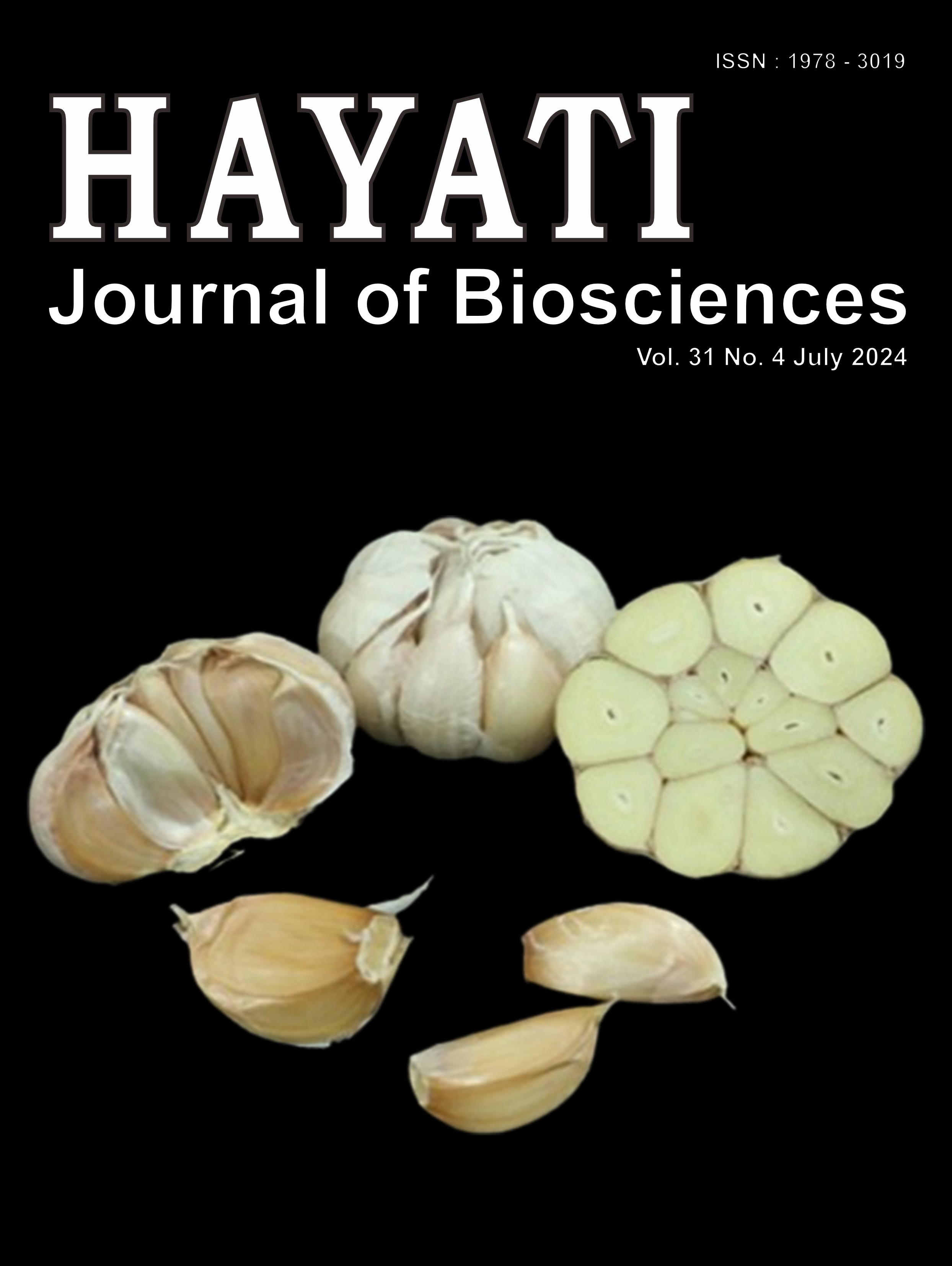Denitrifier Still Has the Important Role in Nitrate Reduction to N2 Although It is Not the Predominant Population in the Estuarine Bacterial Community of Nitrate Reducing Bacteria
Abstract
Denitrification and nitrate-ammonification are the responsible processes for nitrate removal in the estuaries. Temperature, nitrate and organic carbon availability are key factors controlling a rate of the nitrate reduction processes. This mixed cultures chemostat study investigates the competition ability and their nitrate reduction end-products of the bacteria isolated from an estuary at different temperatures. This study will help us to understand the seasonal nitrate reduction processes in an estuary. The experiments showed that a nitrate-ammonifier was the predominant process in the steady-state chemostat at high temperature. While a facultative denitrifier-nitrate ammonifier was the predominant process at low temperature. However, the main end products of nitrate reduction at high temperature were up to 61% N2 indicating a denitrifier still had an important role in the end products of nitrate reduction in the estuary. The data also showed that a nitrite respiring bacterium reduced nitrite to N2, that responsible for approximately 6-9% of total N2 produced in the culture. This study confirmed that nitrate ammonifiers out-compete denitrifiers at high temperature, however, denitrifiers still had an important role in end products of nitrate reduction.
Downloads
Copyright (c) 2024 Iman Rusmana, David Nedwell

This work is licensed under a Creative Commons Attribution-NonCommercial 4.0 International License.
HAYATI J Biosci is an open access journal and the article's license is CC-BY-NC. This license lets others distribute, remix, tweak, and build upon author's work, as long as they credit the original creation. Authors retain copyright and grant the journal/publisher non exclusive publishing rights with the work simultaneously licensed under a https://creativecommons.org/


















.png) IPB University
IPB University Department of Biology
Department of Biology The Indonesian Biological Society
The Indonesian Biological Society 

